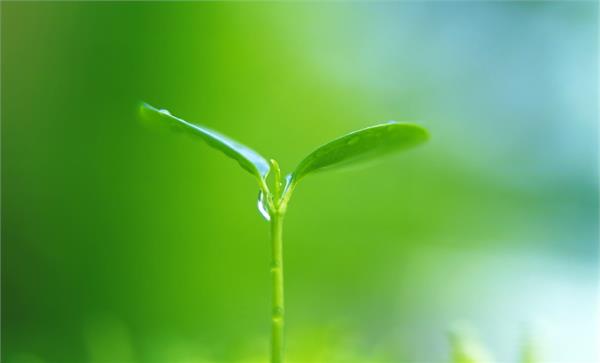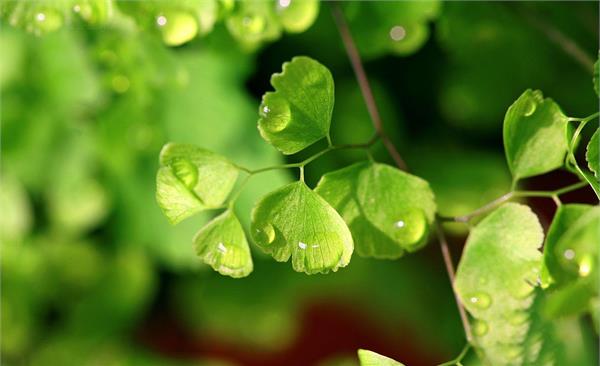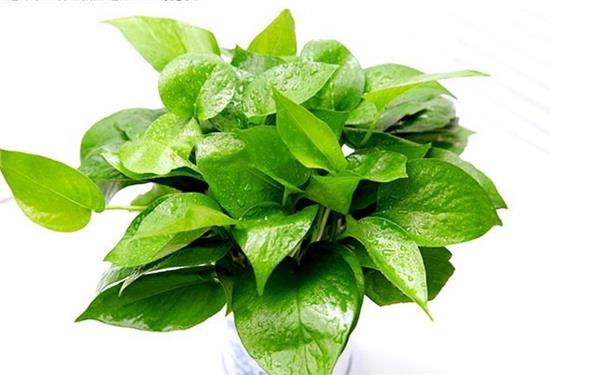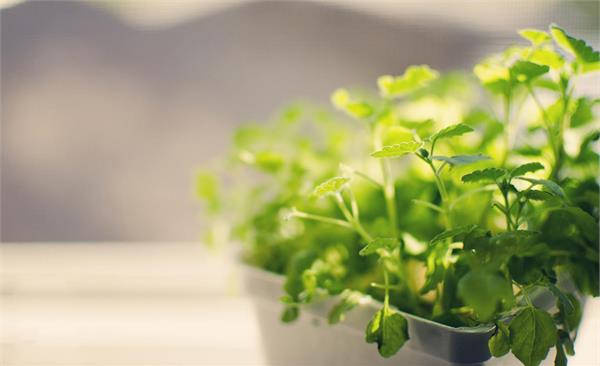These plants that absorb formaldehyde most effectively help you improve your home environment.
Formaldehyde-absorbing plants are usually green plants, such as green pineapple, aloe and so on. In the following content, the editor will give you a good introduction according to the results of the list of the most effective formaldehyde-absorbing plants. This will be of great help to the home environment.

List of plants that absorb formaldehyde most effectively
Green pineapple
Aldehyde absorption capacity: green pineapple is a large evergreen vine with a strong ability to purify the air. Green pineapple can absorb benzene, trichloroethylene, formaldehyde in the air, and can also absorb nicotine. It is most suitable for newly decorated new homes or smokers at home to put green pineapple. According to environmentalists, a pot of green apple is equivalent to an air purifier in a room of 8 square meters. It can be seen that the air purification ability of green pineapple is quite strong.
Fengshui implication: life vitality, green pineapple is a kind of extremely tenacious herbs, can grow with water, also known as "flower of life", "tenacious and kind-hearted, watch happiness" can show the host's tenacious, kind-hearted, hospitable good quality. Green Luo also has the meaning of keeping watch for happiness. Putting Green Luo in the bedroom is conducive to the harmony of husband and wife.
Tiger tail orchid
Ability to absorb aldehyde: Tiger tail orchid is a natural scavenger, which can remove harmful substances from the air. Studies have shown that tiger tail orchid can absorb more than 80% of indoor harmful gases, has a strong ability to absorb formaldehyde, and can effectively remove harmful substances such as sulfur dioxide, chlorine, ether, ethylene, carbon monoxide, nitrogen peroxide and so on. Tiger Pilan has a high ornamental value, can be used for potted ornamental and flower bed layout, suitable for home, office environment decoration, used to beautify the environment, purify the air and play a good role.

Aloe
[Super formaldehyde removal type] if there is lighting within 24 hours, it can eliminate 90% of formaldehyde in 1 cubic meter of air.
Ivy
[strong benzene removal] A pot of ivy can decompose 90% of benzene in a room of 8 to 10 square meters, absorb tiny dust and absorb formaldehyde.
Tequila
[omnipotent] 70% benzene, 50% formaldehyde and 24% trichloroethylene can be eliminated in a room of about 10 square meters.
Rose
[omnipotent] can effectively decompose and absorb harmful gases such as hydrogen chloride, hydrogen sulfide, phenol, ether and so on.
Begonia
[strong formaldehyde absorption] not only can absorb formaldehyde to purify the air, but also has a strong ornamental.

Four principles should be paid attention to when plants purify indoor environmental pollution
1. Select plants according to indoor environmental pollution. Some plants have a strong effect of purification and adsorption of some harmful substances, if targeted selection and breeding in the room, it can play a certain auxiliary pollution control effect.
2. Choose plants according to the degree of indoor environmental pollution. In general, when the indoor environmental pollution is slightly polluted and the pollution value is less than twice the national standard, plant purification can get a better effect.
3. Choose and put plants according to the different functions of the room. Plants breathe vigorously at night, releasing carbon dioxide, and putting too many plants in the bedroom is not conducive to sleep at night. Bathroom, study, living room, kitchen decoration materials different pollutants are also different, you can choose plants with different purification functions.
4. Choose and put plants according to the size of the room area. The purification of indoor environment by plants is directly related to the leaf surface area of plants, so the plant height, crown diameter and green amount will affect the purification effect. In general, it is more appropriate to put two pots of plants 1.5 meters high in a room of about 10 square meters.

In addition, the plants that absorb formaldehyde also have some more common plants, such as tequila, Fulang flower, green apple, begonia, chrysanthemum and so on, but what the editor wants to remind you here is that the volatilization time of formaldehyde is as long as 3-15 years. If it is not enough to rely on plants to remove indoor harmful substances, the best way is to put plants indoors at the same time, it also needs ventilation to reduce the concentration of indoor formaldehyde.
If you want to know more about it, you can continue to follow the No.1 Home Network.
Related
- Wuhan Hospital Iron Tree Blooming Result Was Instantly Frightened by the Gardener Master
- Which variety of camellia is the most fragrant and best? Which one do you like best?
- What is the small blue coat, the breeding methods and matters needing attention of the succulent plant
- Dormancy time and maintenance management of succulent plants during dormancy
- Minas succulent how to raise, Minas succulent plant pictures
- What are the varieties of winter succulent plants
- How to raise succulent plants in twelve rolls? let's take a look at some experience of breeding twelve rolls.
- Attention should be paid to water control for succulent plants during dormant period (winter and summer)
- Watering experience of twelve rolls of succulent plants
- Techniques for fertilizing succulent plants. An article will let you know how to fertilize succulent plants.



